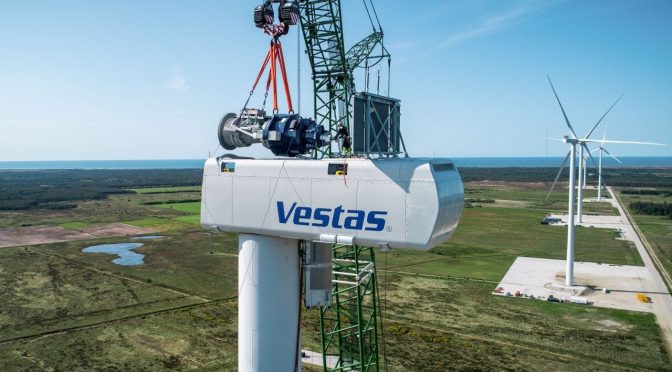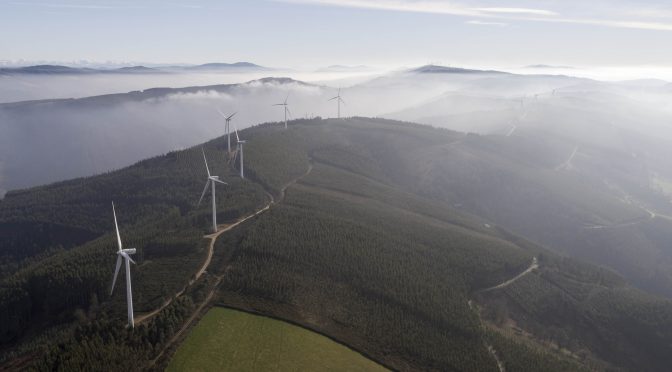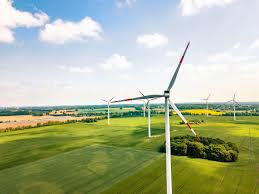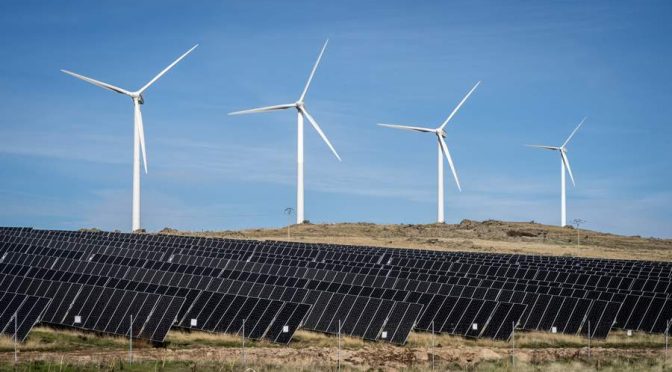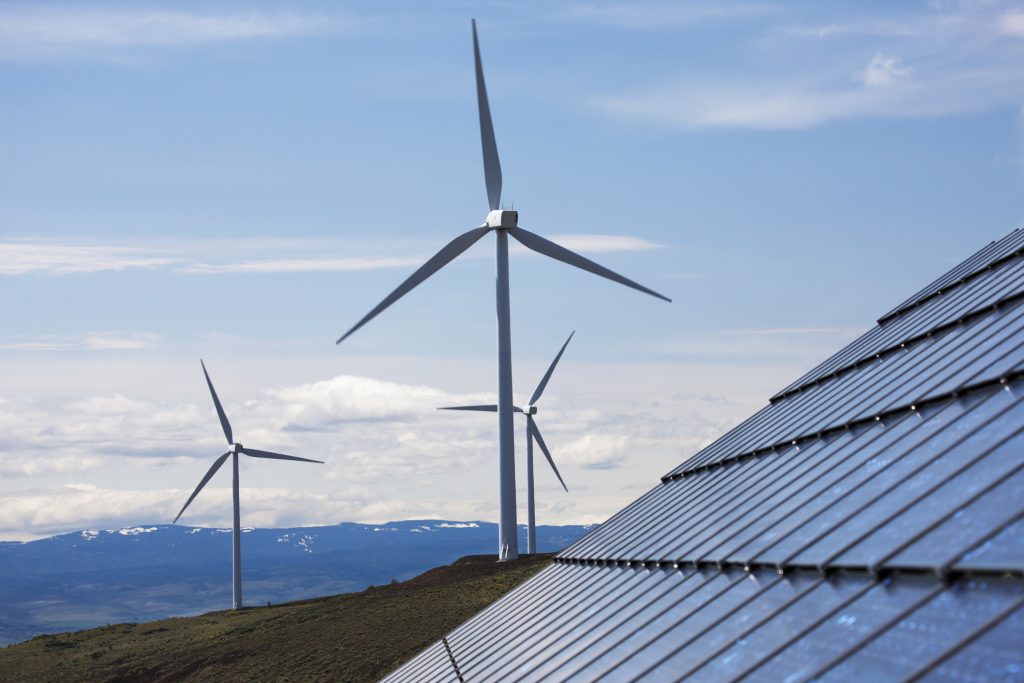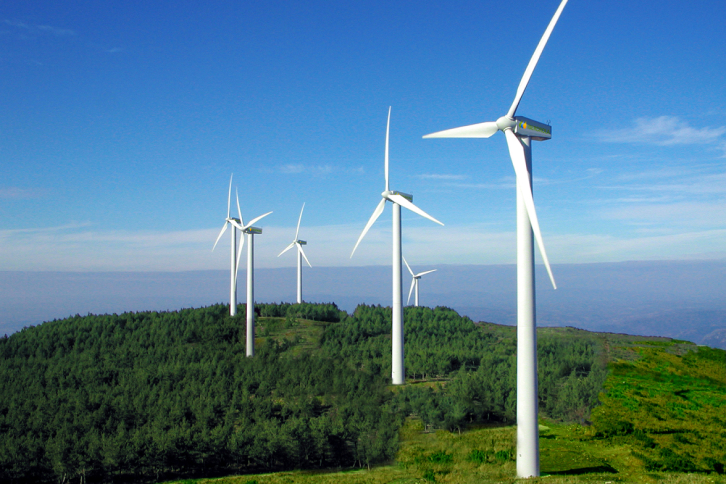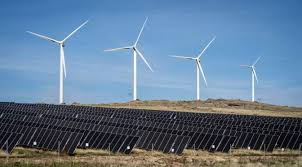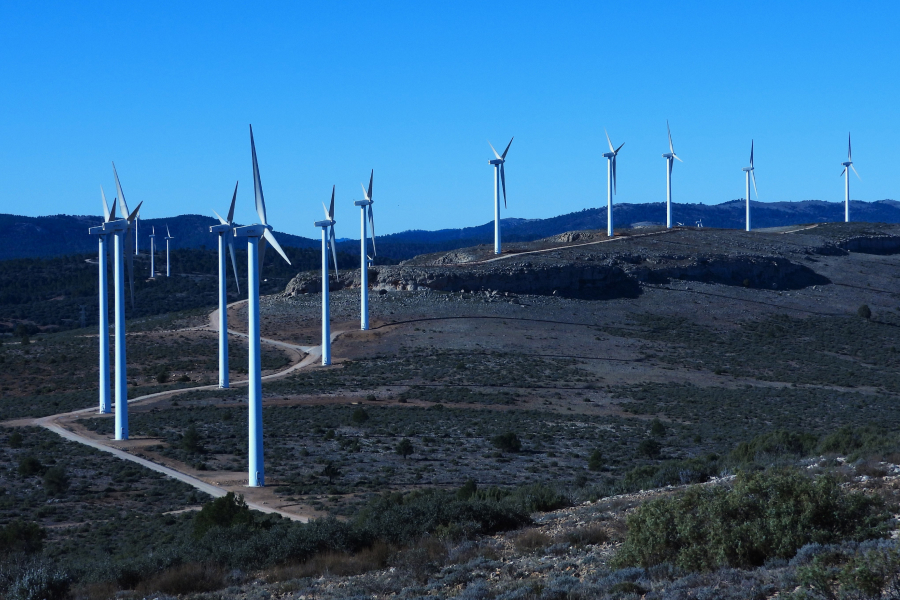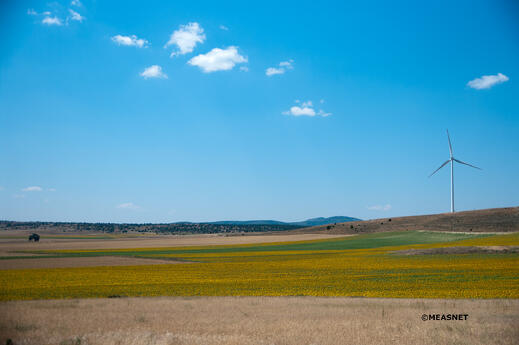
Madrid, 28.03.2023.- MEASNET, International Network for Harmonised and Recognised Measurements in Wind Energy, has released an updated issue of its guideline “Evaluation of Site-Specific Wind Conditions”. This document represents the state-of-the-art of wind measurements, wind resource and site assessments within the wind energy sector.
With this publishing, MEASNET opens its activity in the new year, which will aim to enhance its contribution to the development of the industry.
The guideline introduces new requirements and improvements in the description of measurement campaigns, and it also covers wind resource and site assessment evaluations. It is aligned with IEC 61400 (International Electrotechnical Commission) standards, as MEASNET is liaised with ISO/IEC in several working groups.
The “Evaluation of Site-Specific Wind Conditions” is the MEASNET procedure agreed upon by the organisation members to be mutually used and accepted. It is considered internationally to be the most complete and accepted one, on which a common interpretation and understanding has been exercised in accordance with the MEASNET Quality Evaluation Programme, based on the objective of continuously improving quality, traceability, and comparability.
The requirements for the performance of wind measurements and their evaluation are now up to date according to the developments of the ISO/IEC standards. Given the increasing relevance of site assessments in terrain with non-homogeneous roughness conditions, an approach has been developed to implement these within the terrain representativeness.
In addition, the requirements for the procedures and documentation of the long-term analyses are also specified in more detail, such as the presentation of bias error expressions and the trend analyses of reference data.
An improved appendix is dedicated to requirements of the usage of remote sensing devices, as they are increasingly used for evaluation of site-specific wind conditions.
Alongside the editorial adjustments, the guideline includes a glossary to define its most relevant terms at a glance.
This document is available for free download on the MEASNET website: www.measnet.com/documents
